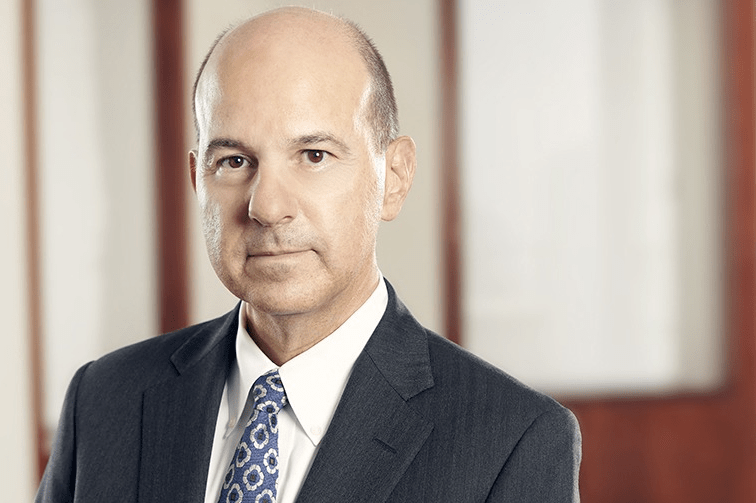Something weird happened in the streaming market at the end of 2023.
For the past two years, the percentage of U.S. households using streaming services has hovered between 80% and 83% each quarter, leading analysts to believe it had reached its peak. But new data from analytics company HarrisX shows that after taking a small dip in the third quarter of 2023, the statistic popped to 85% at the end of last year, raising the tantalizing possibility that there’s more room for growth.
“This is counter to our prior narrative that streaming reached a peak in the U.S.,” said analysts at MoffettNathanson, a New York–based media investment firm, in a research report published on Monday.
The reason for the uptick in streamers is unclear, though there are many plausible causes: The arrival of lower-cost advertising tiers, Black Friday discounts, and Netflix’s password-sharing crackdown could all have played a role, the analysts said.
And while last year’s Hollywood labor union strikes could have led consumers, dismayed by the lack of new shows, to cancel their streaming subscriptions, the opposite could also be true. For certain cable TV subscribers, the delay of new content across the television industry may have provided an excuse to cut the cord and switch to a cheaper streaming plan instead, the analysts theorized.
The news comes ahead of quarterly earnings results for the major streaming companies, including Netflix on Tuesday, and Peacock owner Comcast on Thursday. Apple is set to report earnings next week, with other streamers following in February.
As the first streaming company to report earnings this year, Netflix will set the tone for what’s to come. Analysts expect the company to post quarterly revenue of $8.71 billion, an 11% increase from the same quarter last year, according to Bloomberg consensus estimates. They also estimate 8.91 million subscriber additions, beating the 7.7 million added the same quarter last year and just shy of Netflix’s 9 million third-quarter addition.
Anomalous blip or surprising upside?
American households on average subscribe to four streaming platforms, which has remained consistent over the past two years, according to MoffettNathanson. This lack of growth in recent years means that companies have primarily battled for one another’s customers rather than hunting for newbies—a zero-sum game, according to the analysts.
Indeed, there has been evidence that streaming fatigue has already hit, with consumers frustrated over hiked prices, increased ads, and decreased quality, Fortune previously reported. And as prices continue to rise and platforms increasingly share content with each other, the number of services each household pays for has the potential to tick back down, analysts reckon.
The increase in streaming penetration during the fourth quarter was a positive surprise. But it remains to be seen whether it signals a new opportunity for market growth or a small, anomalous blip in a saturated market.
Whatever the case, MoffettNathanson’s analysts said in the report, “streaming ended 2023 with a nice tailwind.”












